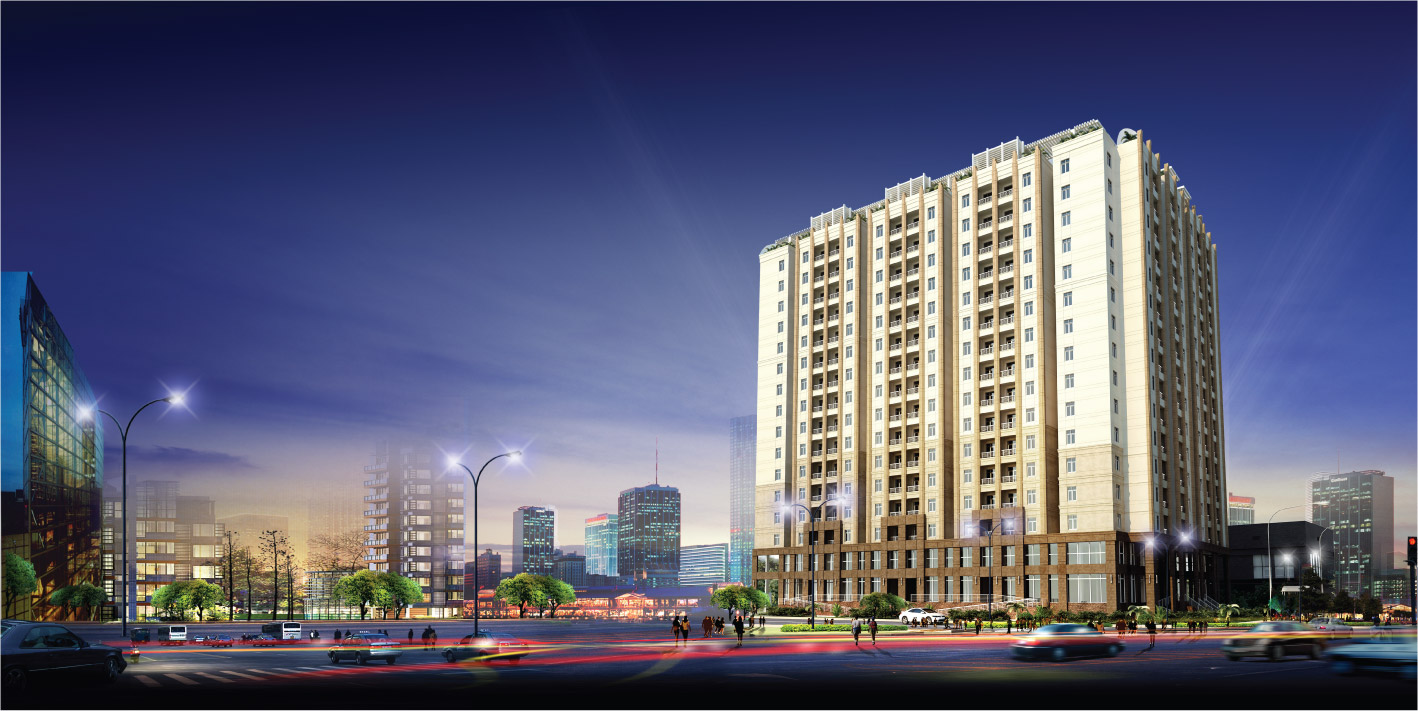8 Tips to Create An Organized & Productive Home Office
8 Tips to Create An Organized & Productive Home Office
One of the greatest benefits of a home office is the freedom to decorate and design your home office as you wish, but without letting either space lose their distinct identity. In other words, we shouldn’t blend the workplace with the rest of our personal space, aka home.
Whether you call your ‘home office’ a blessing or a curse, one thing’s for sure, your mood and your productivity will be affected by how it is set up. Just as a cluttered desk is a cluttered mind, a disorganized home office may be the source of unnecessary mind-blocks to new ideas and solutions.
Think your home office is a mess and is ruining your productivity? Not to worry, because today we’ll be covering 10 great tips to improve the organization of your home office meant to turn you more productive, keep the working mood positive and get back that focus you need to produce top-quality work.
1. Don’t Mix Work With Personal Life
We’ll start with the most evident tip, blending work and pleasure as one. Even with the firmest intention to separate the both of them in your home office at the initial stage, the two are bound to mix since your office is in your home.
‘Don’t take your work home with you’ doesn’t apply to SOHO workers.
What to do:
Examine your home office from time to time to see how much of your workspace has been infested with distractions. Resolve to clear away your TV, game consoles, and other forms of distractions and keep them out of sight.
Maintain that boundary within your home where work begins and ends. Keep this workspace as distinct from your other rooms as possible because such differentiation can have a psychological effect on how you divide work and play.
2. Get Good Seating Support
Are you getting the seat support you need? You may not think comfort and support matter to your productivity, because who has the time to enjoy a real good work chair when engrossed with tons of work?
As it turns out, that is precisely the reason why you should take note of your seating support if you are spending most of your time sitting on your chair when working.
According to the American Academy of Family Physicians, about 90% of adults experience back pain at some point in their life, and 50% of the working population has back pain every year in the US. When you don’t pay attention to your back, the desk chair can take a toll on your health, mood and consequently your work productivity.
What to do:
Here’s a comprehensive guide if you’re keen on getting an ergonomically designed desk chair. If you are a little tight on budget, consider purchasing a seat support for your desk chair.
3. Invest in Better Lightings
We often neglect the lighting. Is your desk lamp too bright or too dim to work under, effectively? Are you getting sufficient natural light, the best kind, from the Sun? To have that, make sure your designated workspace has enough windows or openings to let the sunlight in.
Research has shown that people feel lethargic during winter months due to the lack of exposure to sunlight. The exposure can boost your mood and improve your sleep patterns. In times of unfavorable weather or long working nights, it is essential to get some artificial lighting in your workspace.
What to Do:
Experiment with different intensities or light tones to find out which one works best for you. Depending on how spacious your workspace is, you might also consider having multiple and different light fixtures to set a comfortable mood for work.
Try to get multiple light fixtures, and at least a desk lamp with direct exposure over your desk, which will facilitate the reading, writing or sketching of documents.
If, however, you do your work mostly on your computer, check out this simple reference on optimal brightness and contrast for your eyes.
4. Keep Your Tech Updated & Reliable
If you’re going to be working at home most of the time, you’ve got to make sure that technology is your best accomplice. Do you get frequent technical faults with your existing devices such as your computer, printer or connections? If you do, I’m sure it is a major source of frustration at work.
Chances are that you are holding on to your old devices and gadgets because they still work and you don’t find it economical to pay for an upgrade. Well, think about how much time you’ve wasted instead, trying to troubleshoot and fix them, plus the ‘opportunity cost‘ you’ve lost.
And don’t forget the negative effect it has on your mood! System crashes and data loss near an important deadline can cause more damage than it is worth.
What to do:
Update your computer antivirus software and OS and conduct regular maintenance checks on your devices. Keep important information backed up at intervals.
5. Augment Your Technology
The other thing to consider about your home office technology is the additional features that some of your gadgets, devices and software have to offer.
After working for a while, you should have an idea of what you might be missing in your home office that might significantly facilitate your work.
What to do:
Stop procrastinating and begin by listing down those features that will allow you to get things done more efficiently. For instance, if you’re a graphic designer, ask yourself if a second monitor can help speed things up.
6. Simplify Processes
Have you complicated your home office and work processes so much so that it has become too overwhelming to work anymore? If so, it’s time to go back to basics – simplify.
Remember that the key to an organized office is efficiency, and the more things you have around, the harder it is to keep everything in order.
A typical disorganized office is when you have difficulties finding where you keep your documents. A workspace organized in too complex a manner causes may seem neat on the surface but will cause a lot of sorting or filing problems as there are too many categories.
What to do:
Keep things clean and minimal. When you over-organized, you will tend to procrastinate keeping your workspace neat because it’s too time-consuming and tedious. Eventually, you get clutter. This not only applies to just the physical layout of your work area; it is the same in your computer.
Sort for easy access. The general rule is to keep the desktop as clear as possible with only a few files or apps that you’re working on. Maintain a minimalistic organization and a clean desk (keep ugly wires out of sight with these gadgets) so your mind won’t wander from one thing to another that easily.
You’ll feel less stressed and less distracted from your task.
7. Expand Your Workspace or Storage System
Are your documents piling up because of your prospering business? If it is, it’s time to consider expanding the physical space of your home office. The rule of thumb for any room or space is the lesser clutter you have, the fewer your distractions will be.
If you have the tendency to leave things lying around, a pile of clutter will form before you even realize it. However, when you increase the amount of physical space, it will take longer for that to happen. The extra space will also make your workspace look less cramped, hence, neater.
What to do:
What if you have no room for expansion? You should consider investing in some fine storage solutions such as a filing cabinet, shelves, files and folders.
Sure, the room may still look cramp with cabinets and shelves, but not seeing piles and piles of documents when you’re working may just be good enough to calm your nerves for the rest of the day. Of course, if you don’t want a hard time finding these documents when you need them, you must label them accordingly and have periodic filing sessions to manage your paperwork.
8. Incorporate Personal Touch & Inspiration
In spite of #1, there should be some leeway on what you can place in your workspace for that personal touch and inspiration to an otherwise, sterile office environment. Note that the purpose of these items or design is to help you sustain that positive mood and energy to work on your tasks.
They can include anything: decor, plants, pets, photographs or posters. If you’re feeling a sense of dread working in your home office, ask yourself what would inspire you and keep you going? It could be your family, your kids, your goals, your favorite art pieces, the scenery outside your window, or even the mere sight of your favorite color.
What to do:
If you require a lot of creative thinking for your work, then be sure to put in place things that help you spawn ideas and capture them, such as a sketchpad to doodle on or catch ideas that suddenly pop up. The decor itself can have a huge impact on your mood as well, as do the furniture, so put some thought into those two.
Incorporate a certain style or theme for your home office that you can identify with. If you’re going to spend some time in your home office, you’ll want to make sure you have pleasant surroundings to work in.
Experimentation is Key
In some ways, an organized and productive home office takes a lot of experimentation and a bit of luck before you can get it just right. You will find yourself experimenting with new technology, organization, processes, and designs, and balancing it with your budget for the perfect home office.
Time-consuming it may be, it is still an enjoyable process to observe how your home office evolve.
RELATED NEWS
- Office for rent in Da Nang – Outstanding office for rent in variety of standard
- Office for rent in Da Nang with Thuenhanhhon
- Office Feng Shui: Place Your Desk In The Command Position
- 7 Ways to Feng Shui a Cubicle, Desk or Entire Office
- 5 Ways That Natural Light Improves Workplace Productivity
- 5 Things About Office Lighting You Should Know
- 8 Ways To Make Your Workspace Healthier
HOT REAL ESTATE






























